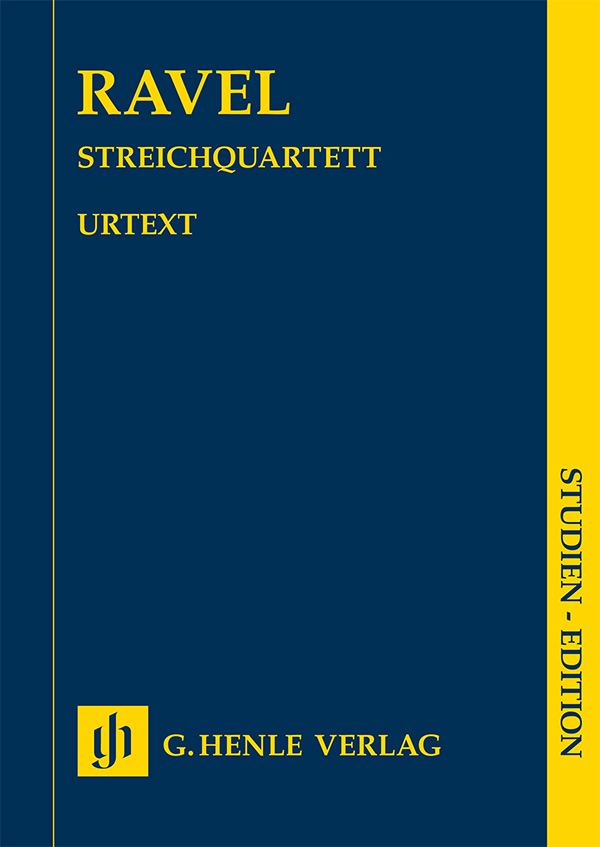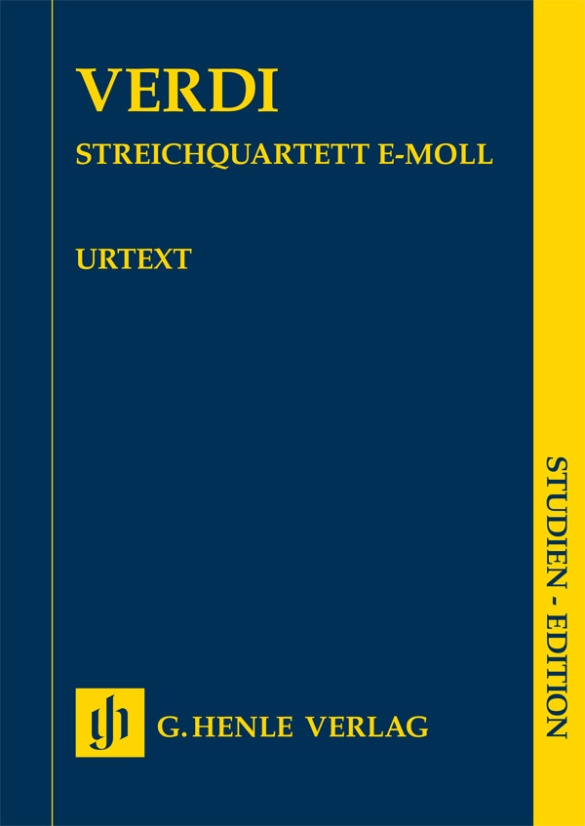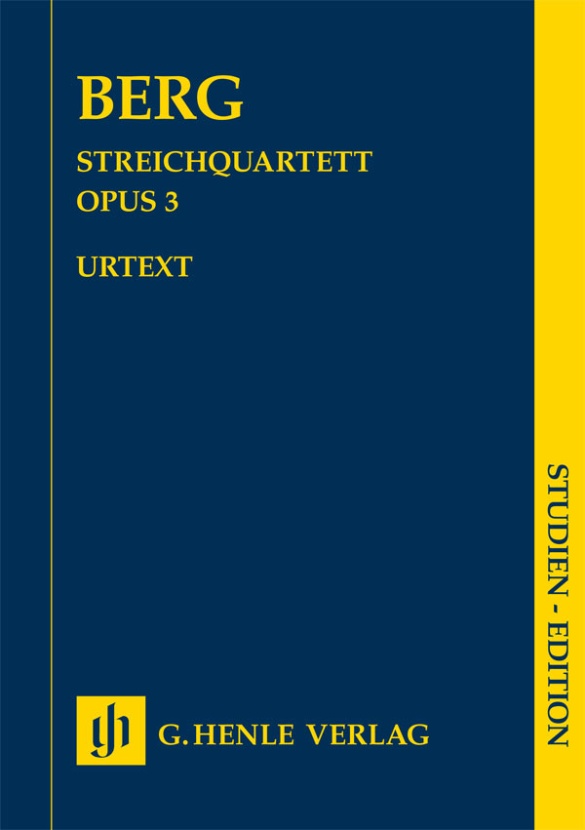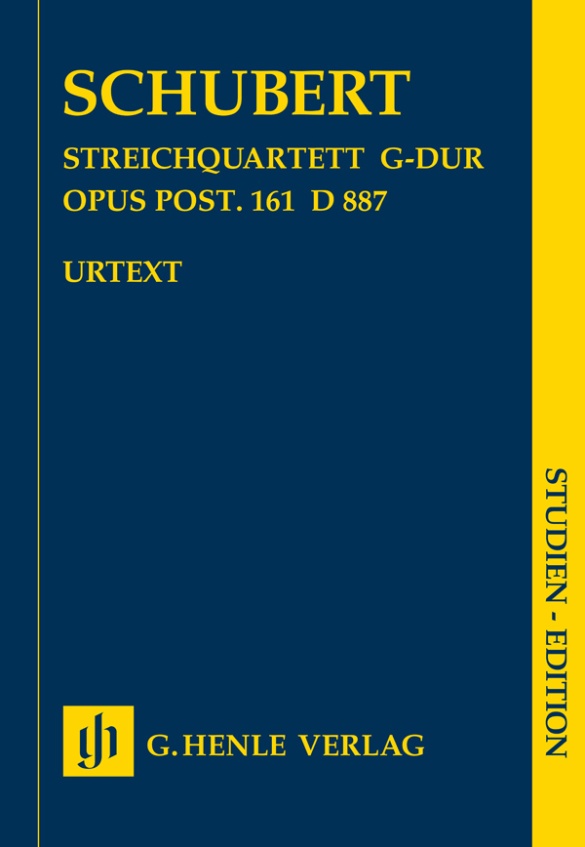Maurice Ravel
String Quartet
The immediate model for this first important chamber music work by Ravel was Debussy’s String Quartet from 1892/93. Nevertheless, the composition, written in 1902/03, already contains unmistakable features that are characteristic of later Ravel works: highly developed sense of tone colour, unexpected harmonisations of the melodic line, cyclical interplay of the motifs and themes. Ravel evidently saw the quartet as a kind of conclusion to his studies at the Paris Conservatoire and dedicated it to his revered teacher Gabriel Fauré. With the Urtext edition of Ravel’s string quartet based on all available sources, a significant gap in Henle’s string quartet programme has been closed – as always in two forms: as a set of parts and a study score.
内容/詳細
作曲家について
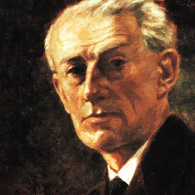
Maurice Ravel
Together with Satie and Debussy, Ravel numbers among the innovators who had a falling out with academic education and created their own avant-garde tonal languages – inspired, in Ravel’s case, by Russian and Spanish music, but also by exoticism – without abandoning tonality. This master of orchestration begins with piano works, which he orchestrates; songs with piano and piano compositions exist on an equal footing in orchestral versions.
校訂者や運指担当者について

Peter Jost (校訂)
Dr. Peter Jost, born in 1960 in Diefflen/Saar, read musicology, German and comparative studies at Saarland University in Saarbrücken. He did his PhD in 1988 with a thesis on Robert Schumann’s Waldszenen.
From November 1991 to April 2009 he was a research associate at the Richard Wagner Complete Edition in Munich, and since May 2009 has been an editor at G. Henle Publishers. His Urtext editions comprise predominantly French music of the 19th and 20th centuries, including works by Lalo, Saint-Saëns and Ravel.
製品安全に関する情報
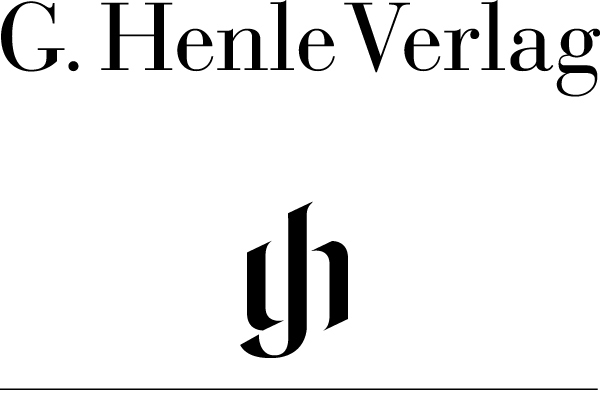
G. Henle Verlag
製品の製造元に関する情報はこちらでご覧いただけます。G. Henle Verlag
Forstenrieder Allee 122
81476 München
info@henle.de
www.henle.com
おすすめ
autogenerated_cross_selling
このタイトルを含む他の版


